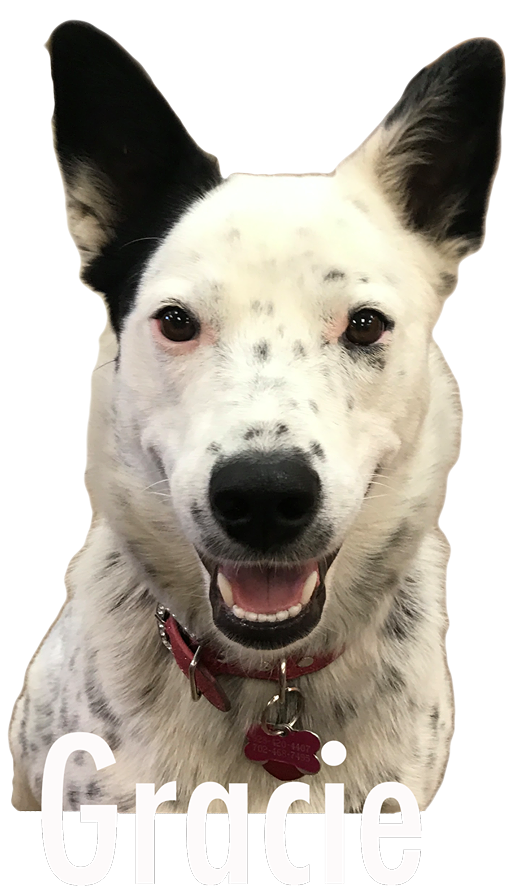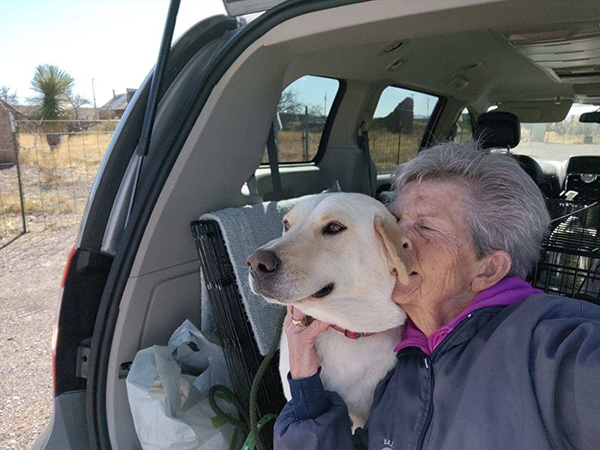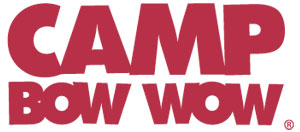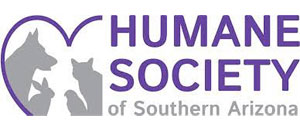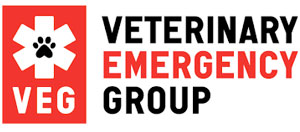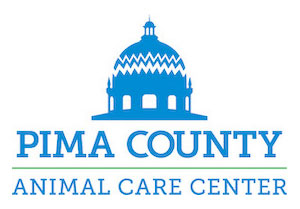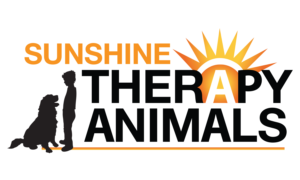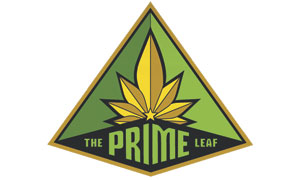“It starts with a phone call. If I’m available, I’ll get the basic details and look at the weather. If that’s a go, I might prepare the plane a day before; one less thing to worry about,” says Al. Most trips take him about six hours door-to-door. “Transport day starts about four hours before departure with dog duties at home and fixing a lunch. I arrive at the airport about 30 minutes before departure, get the plane ready, pull it out of the hanger, and I’m on way.”
Al has been transporting dogs by plane for about two years. But it doesn’t happen without sacrifice. The fuel alone costs about $50 an hour. If you add in other costs like insurance, storage, airport fees, and more, the total cost might be closer to $120 an hour. But that’s just a guess on Al’s part.
So far, Al has made over a dozen flights to help save homeless dogs. He removed the back seat to make a large cargo area for a dog crate. One dog can fit comfortably in his 1972 Cessna 182P. If there are two dogs, they must both stay in the same crate – and there can’t be any fights. “Once I’m in the air, I can’t do anything about a fight.”
Going by air is not the most reliable means of transport. Bad weather and other factors can intervene. In two years, Al has had to postpone two trips – both for weather.
While a few dogs get to go by plane, most go by car. Every day and all across America, volunteers help move dogs that might otherwise go unsaved. Drivers might cross several state lines or even the U.S. border to help a dog in need. Some drive hours, even days.
Nancy and Ken Lindendoll, who live in Deming, New Mexico can tell you just how busy transport work can be. They keep a yearly log — how many dogs, for whom, and to where. Last year, they drove 16,347 miles, completed 92 trips, and transported 181 dogs, plus 1 tortoise, and 1 kitten. They provide their own crates, bedding, extra leashes, collars, treats, water, a GO bag for miscellaneous items, and handle all their own expenses. They do not stop for food and never eat while the animals are with them. “If a dog is anxious or needs a potty break, we’ll stop. Otherwise, we drive straight to the next meeting destination.” Their top priority is for the safety, comfort, and well-being of their precious cargo.
But they both love to drive. They see time on the road as time they get to spend together. And, of course, they are saving dogs. They started in 2015, soon after volunteering their time and car to a local animal shelter in Deming. Almost immediately, they got a call asking if they could help a little huskie-mix puppy get part way to Farmington. It was their 53rd wedding anniversary – a wonderful way to celebrate. “It was only a three-hour round trip for us, but it was the most rewarding experience, and we were hooked.”
How does a driver know when a transport is needed? It often begins with a transport coordinator, like Jeannette Wahl, who lives in Phoenix. Jeannette heads up the transport team for a Tucson-based non-profit called Southwest Oasis Labrador Rescue (SOLR). SOLR rescues homeless and abandoned Labrador Retrievers from an area that includes Arizona, Utah, Texas, New Mexico, and Mexico. Rescuing one dog might involve 300 to 1200 miles and up to 10 volunteers.
“When we get a request to save a Lab, I check to see where the dog is,” says Jeannette. “There are transport coordinators in different states who help. They set up transport from their state to all over the United States. If it is a Labrador from another state, I will see if they can help. When the dog gets close to Arizona, I will use our transporters to finish the trip.” Jeannette currently has 25 volunteers who assist with transportation.
Like Nancy and Ken, volunteers often help several different dog rescues and cross-country transport organizations. Most work with a transport coordinator, who plans the route, secures the drivers, and creates a time schedule. Once on route, dogs are shifted from one transport volunteer to the next in a series of “legs.” A transport might involve 25 or more legs, with one to three overnight stays for the dogs. Travel can be stressful for dogs, so drivers work hard to keep them safe, secure, and comfortable.
Terry Abrams, a resident of Tucson, has at least five rescue groups that call on her for assistance. A typical trip for Terry might involve moving dogs from Nogales or anywhere along the Cochise county border. She transports all sizes, shapes, and breeds. “I love driving south from Tucson. The rescues know the routes I like, and they call me when they need me.” She says she never has a bad day doing transport, and loves being out on the road.
According to Terry, having the right vehicle helps, especially one that holds a lot of dogs. And sometimes a little muscle is needed, too. Terry can lift dogs, cart kennels, and clean up messes in the back. But she claims there’s been very few messes to clean. “It’s surprising how seldom it happens. I can count them on one hand.”
Like Terry, most transport volunteers take several dogs each trip. For safety, the dogs are secured within a kennel or crate. If they’re medium-sized dogs, she can fit four in her vehicle, but only two if they’re big dogs. The most she’s ever taken? “Ten, and that was crazy. It was a very crowded shelter in Pinal county, with far too many dogs. They were bringing dogs out of the back, and the rescues were calling me, asking ‘can you pull this dog, too?’” She remembers one dog in particular — a little blind pit bull all the employees had fallen for. “It was a really sweet dog, but it would have been euthanized if someone didn’t take it that day.”
Nancy also recalls some very special transports. She helped two military dogs returning from service in Iraq get to Yuma so they could be reunited with their handlers. “We overnighted the dogs, and then drove them to Wilcox to continue heading west.” She says the dogs were gorgeous and well behaved – a German Shepard and a Belgian Malinois. They were trained to detect explosives.
Friendships can develop, too, especially between those who meet on a regular basis, although the time together is brief since all have time schedules to follow. “We see each other on Facebook,” says Nancy. They all share one goal – that is, to safely, successfully, and compassionately transport dogs to rescues and new families, so they can live a healthy life of love and comfort. “We only have them for a short time, but we never consider a transport complete until the dogs reach their final destination.”
“Rescues like ours cannot save dogs without this process,” says Jeannette. She says her transport volunteers get a special bonus: “They get to see the new dog before anyone else sees it. It’s very rewarding.”
Al remembers flying 13 tiny puppies on a two-hour flight from Deming, NM to Buckeye, AZ. “They had a little accident before takeoff, and I had to deal with the smell for two hours. But it was worth it.” He says the two volunteers who received the pups at the airport cleaned everything up. He was very grateful!
A request comes in from Animal Services in El Paso, Texas asking if Southwest Oasis Labrador Rescue can save two Labradors that were taken away from their owner – Joey, a one-year-old yellow male and Ross a one-year-old black male. Jeanette Wahl, a transport coordinator, sets to work. Here’s how the transport goes:
A worker at the pound volunteers to drive the dogs from El Paso to Wilcox, Arizona, which is 236 miles. This does not include the drive back home!
Stan Lindenfeld picks them up and drives them 123 miles to Picacho Peak, Arizona.
Fred Rykwalder drives them 99 miles to Chaparral Veterinary in Cave Creek, Arizona, for their health checkup. After the checkup, they will need to get to their foster homes.
Erica Gudenkauf, Joey’s foster Mom, drives 27 miles to Cave Creek, Arizona. She picks Joey up after his checkup, then drives him to her home in Anthem, Arizona.
Brian Hubbell, Ross’s foster Dad, drives Ross an additional 30 miles to his home in Gilbert, Arizona. And it all happens in just one day!
